Many traders know that they need to place stops, and if they don’t know they will likely learn very quickly. Market movements can be unpredictable and the stop is one of the few mannerisms that traders have to prevent one single trade from ruining their careers.
When traders begin to learn to trade, one of the primary goals is often to find the best possible trading system for entering positions. After all, if the trading system is good enough, all the other factors like risk management, or trade management – well, they can take care of themselves, right?
After all, if our trades are moving in our direction and we are making money, all of these other factors might seem unimportant: All we have to do is find that system that works at least the majority of the time, and then most traders figure they can figure everything else out as they go along.
Unfortunately, the truth is that all of the above assumptions are hogwash. There is no system that will always win a majority of the time, and without trade, risk, and money management – most new traders will be unable to reach their goals until they make some radical changes to their approach.
This is a wall that many traders will hit, and a realization that will become part of most of their realities. Because likely, none of us will ever walk on water, or have a crystal ball so that we can display super-human capabilities of predicting trend directions in the Forex market.
Instead, we have to practice risk management; so that when we are wrong, losses can be mitigated. And when we are right, profits can be maximized. Once again, most traders that will find success in this business are going to come to this realization before they can adequately address their goals.
Realizing that risk management must be practiced is one thing, but doing it is an entire different matter. That’s what this article is about, investigating the importance of using stops and then further, some various ways of doing so.
Why are stops so important?
Stops are critical for a multitude of reasons but it can really be boiled down to one simplistic cause: You will never be able to tell the future. Regardless of how strong the setup might be, or how much information might be pointing in the same direction – future prices are unknown to the market, and each trade is a risk.
In the Today Markets Traits of Successful Traders research, this was a key finding – and we saw that traders actually do win in many currency pairs the majority of the time. The chart below will show some of the more common pairings:
Traders saw greater than 50% winning percentages in many of the most common currency pairs

So traders were successfully winning more than half the time in most of the common pairings, but their money management was often SO BAD that they were still losing money on balance. In many cases, taking 2 times the loss on their losing positions than the amount they gain on winning positions.
This type of money management can be damaging to traders: necessitating winning percentages of 70% or greater merely to have a chance at breaking even. The chart below will highlight the average loss (in red) and the average gain (in blue).
Traders lost much more when they were wrong (in red) than they made when they were right (blue)

David Rodriguez explains that traders can look to address this problem simply by looking for a profit target AT LEAST as far away as the stop-loss. So if a trader opens a position with a 50 pip stop, look for – as a minimum – a 50 pip profit target. This way, if a trader wins more than half the time, they stand a good chance at being profitable. If the trader is able to win 51% of their trades, they could potentially begin to generate a net profit – a strong step towards most traders’ goals.
But now that we know that stops are critical, how can traders go about setting them?
Setting Static Stops
Traders can set stops at a static price with the anticipation of allocating the stop-loss, and not moving or changing the stop until the trade either hits the stop or limit price. The ease of this stop mechanism is its simplicity, and the ability for traders to ensure that they are looking for a minimum 1-to-1 risk-to-reward ratio.
For example, let’s consider a swing-trader in California that is initiating positions during the Asian session; with the anticipation that volatility during the European or US sessions would be affecting their trades the most.
This trader wants to give their trades enough room to work, without giving up too much equity in the event that they are wrong, so they set a static stop of 50 pips on every position that they trigger. They want to set a profit target at least as large as the stop distance, so every limit order is set for a minimum of 50 pips. If the trader wanted to set a 1-to-2 risk-to-reward ratio on every entry, they can simply set a static stop at 50 pips, and a static limit at 100 pips for every trade that they initiate.
Static Stops based on Indicators
Some traders take static stops a step further, and they base the static stop distance on an indicator such as Average True Range. The primary benefit behind this is that traders are using actual market information to assist in setting that stop.
So, if a trader is setting a static 50 pip stop with a static 100 pip limit as in the previous example – what does that 50 pip stop mean in a volatile market, and what does that 50 pip stop mean in a quiet market?
If the market is quiet, 50 pips can be a large move and if the market is volatile, those same 50 pips can be looked at as a small move. Using an indicator like average true range, or pivot points, or price swings can allow traders to use recent market information in an effort to more accurately analyze their risk management options.
Average True Range can assist traders in setting stop using recent market information

Trailing Stops
Using static stops can bring a vast improvement to new trader’s approaches, but other traders have taken the concept of stops a step further in an effort to further focus on maximizing their money management.
Trailing stops are stops that will be adjusted as the trade moves in the trader’s favor, in an attempt to further mitigate the downside risk of being incorrect in a trade.
Let’s say, for instance, that a trader took a long position on EUR/USD at 1.3100, with a 50 pip stop at 1.3050 and a 100 pip limit at 1.3200. If the trade moves up to 1.31500, the trader may look at adjusting their stop up to 1.3100 from the initial stop value of 1.3050.
This does a few things for the trader: It moves the stop to their entry price, also known as ‘break-even’ so that if EUR/USD reverses and moves against the trader, at least they won’t be faced with a loss as the stop is set to their initial entry price.
This break-even stop allows them to remove their initial risk in the trade, and now they can look to place that risk in another trade opportunity, or simply keep that risk amount off the table and enjoy a protected position in their long EUR/USD trade.
Break-even stops can assist traders in removing their initial risk from the trade

But what if EUR/USD moves up to 1.3190 and our trader decides to get greedy? Well, in this case, they can remove the limit altogether and instead look to trail their stop as the trade moves higher.
After price moves to 1.3200, the trader can look to adjust their stop higher to 1.3150, a full 50 pips beyond their initial entry so now, if price reverses, they are taken out of the trade for a 50 pip gain.
But if EUR/USD moves higher, to 1.3300 – they can enjoy a larger upside than they initially had with their limit at 1.3200.
Traders can look to manage positions by trailing stops to further lock in gains

This is maximizing a winning position, while the trader is doing their best to mitigate the downside.
Dynamic Trailing Stops
There are multiple ways of trailing stops, and the most simplistic is the dynamic trailing stop. With the dynamic trailing stop, the stop will be adjusted for every .1 pip the trade moves in the traders favor.
So, at the outset of the trade in the above example, if EURUSD moves up to 1.3101 from the initial entry of 1.3100, the stop will be adjusted up to 1.3051 (increased 1 pip for the 1 pip move the trade made in the trader’s favor).
Dynamic Trailing Stops adjust for every .1 pip that the trade moves in the trader’s favor

Fixed Trailing Stops
Traders can also set trailing stops through Trading Station so that the stop will adjust incrementally. For example, traders can set stops to adjust for every 10 pip movement in their favor. Using our previous example of a trader buying EUR/USD at 1.3100 with an initial stop at 1.3050 – after EUR/USD moves up to 1.3110, the stop adjusts up 10 pips to 1.3060. After another 10 pip movement higher on EUR/USD to 1.3120, the stop will once again adjust another 10 pips to 1.3070.
Fixed Trailing stops adjust in increments set by the trader

If the trade reverses from that point, the trader is stopped out at 1.3070 as opposed to the initial stop of 1.3050; a savings of 20 pips had the stop not adjusted.
Manually Trailing Stops
For traders that want the up-most of control, stops can be moved manually by the trader as the position moves in their favor. This is a personal favorite of mine, as price action is a heavy allocation of my approach, and many of my strategies focus on trends or fast moving markets.
In the article, Trading Trends by Trailing Stops with Price Swings, we walk through this type of trade management. When using price action, traders can focus on the swings made by prices as trends move higher or lower. During up-trends, as prices are making higher-highs, and higher-lows – traders can move their stops higher for long positions as these higher-lows are printed. Once a ‘higher-low’ is broken, the trader will exit the trade under the presumption that the trend that they were trading may be over.
Trader adjusting stops to lower swing-highs in a strong down-trend




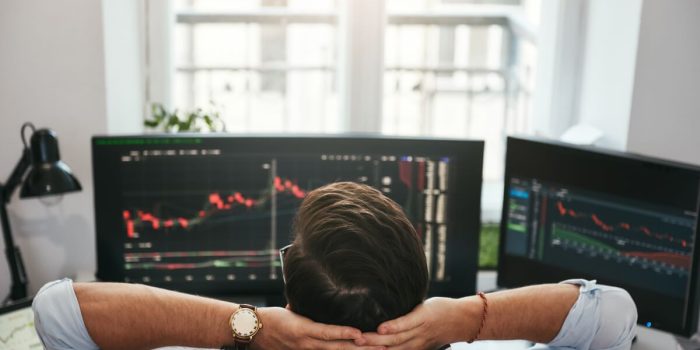


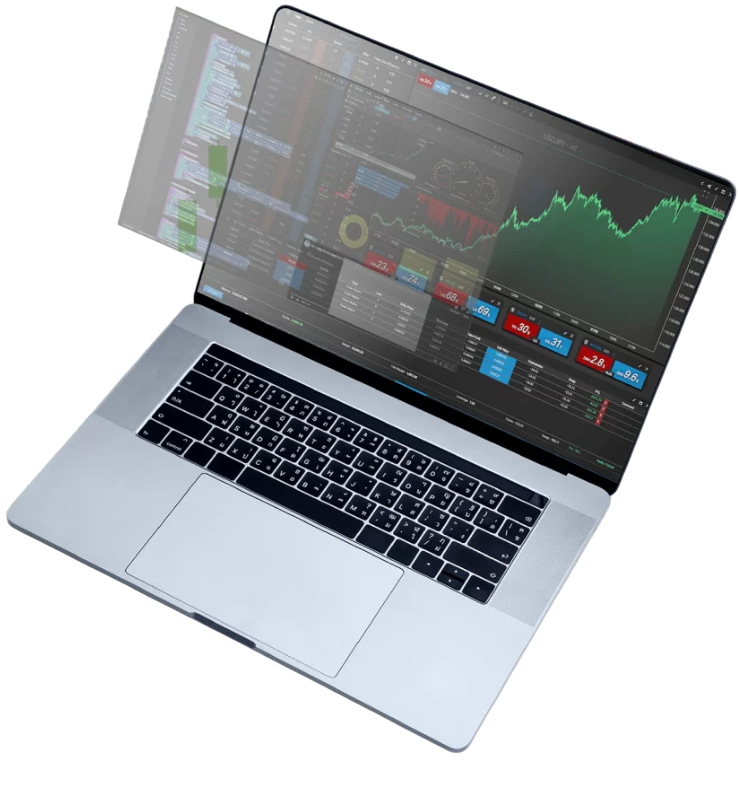 White Label Solutions
White Label Solutions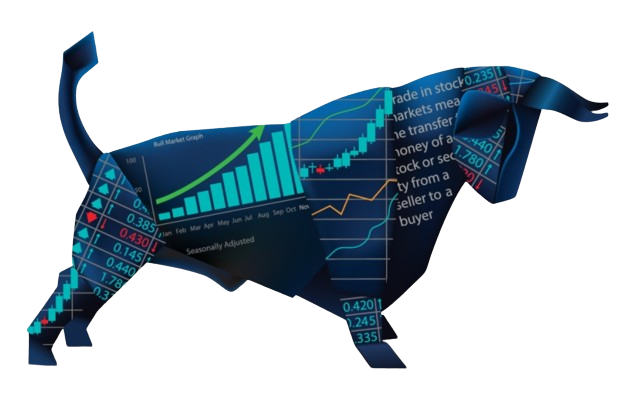 Execution
Execution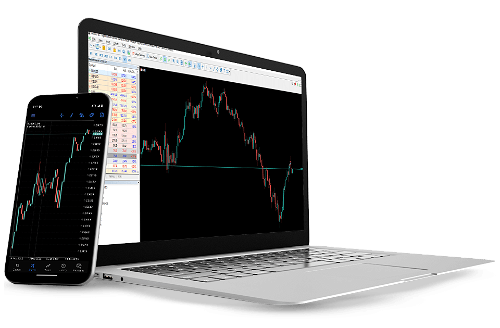 PMAM Platform
PMAM Platform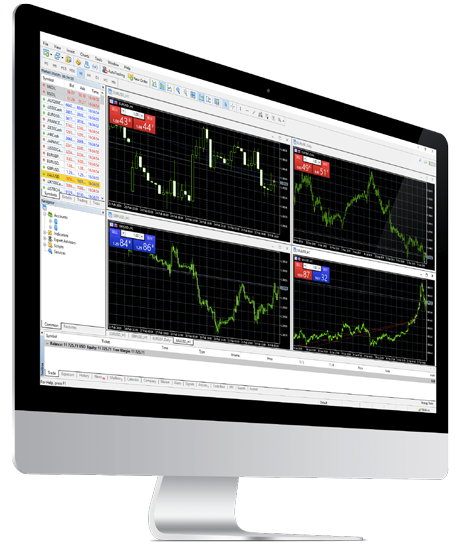 Partner Types
Partner Types Trading Signals
Trading Signals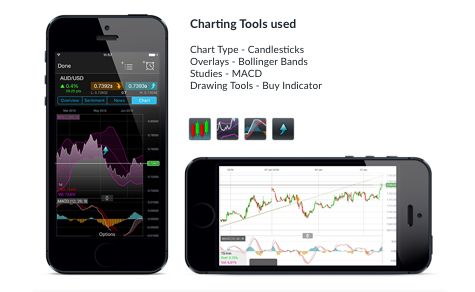 Charting Features
Charting Features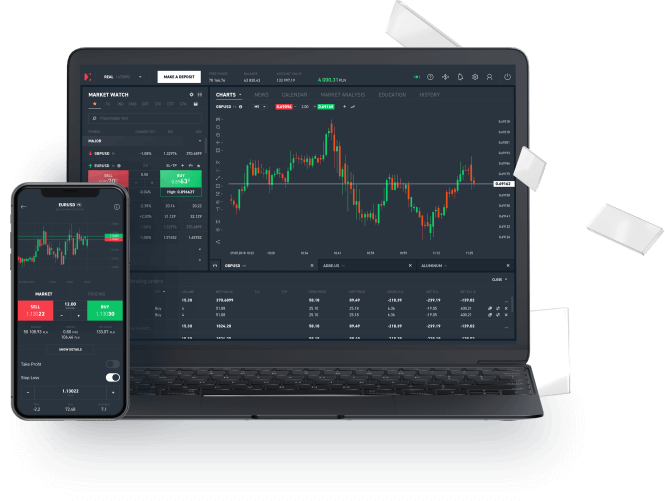 Countdown Pricing
Countdown Pricing Wealth Management
Wealth Management Guardian Angel
Guardian Angel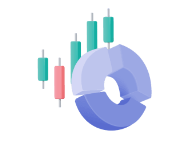 Vanilla Options
Vanilla Options